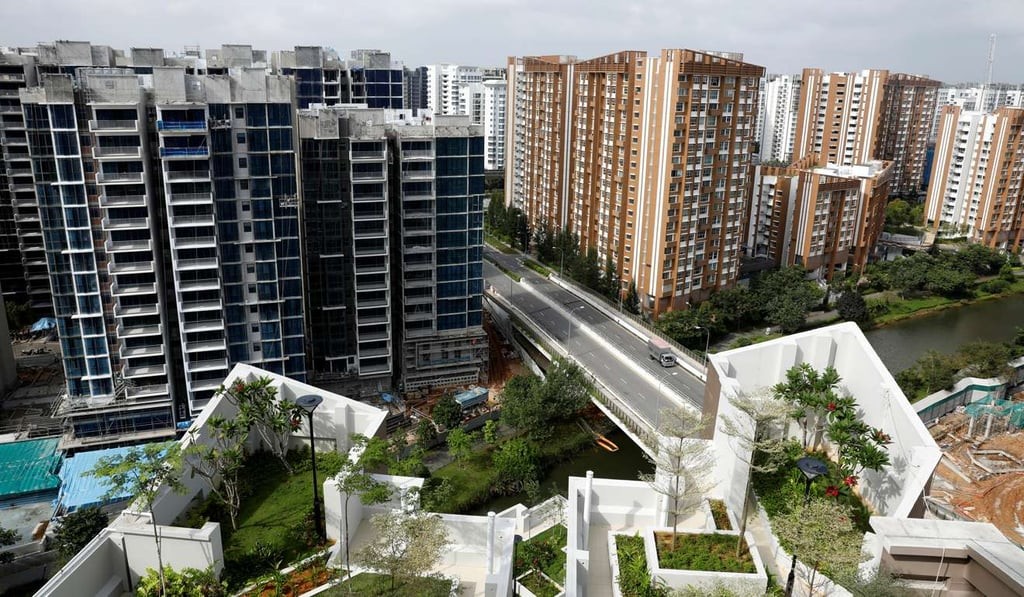Singapore, often compared with Hong Kong, is surprisingly smaller in terms of land area. While Hong Kong boasts 1,105 square kilometers, Singapore occupies only 719 square kilometers, roughly 65% the size of Hong Kong. This significant difference in land area impacts various aspects of life in both city-states, most notably population density and housing.
Despite its smaller size, Singapore accommodates a population of 5.5 million, while Hong Kong houses 7.3 million residents. This translates to a higher population density in Singapore, with approximately 7,792 people per square kilometer compared to Hong Kong’s 6,780 people per square kilometer. However, Singapore’s urban planning, characterized by abundant green spaces and well-designed infrastructure, often makes it feel less crowded than Hong Kong.
A key factor contributing to this perception is land utilization. In Hong Kong, only 24% of the land is developed, with a mere 7% dedicated to housing. A significant portion, 40%, is allocated to country parks and nature reserves. In contrast, Singapore dedicates 14% of its land to housing and 9% to parks and reserves. This strategic land allocation allows for more residential development in Singapore despite its smaller overall size. Hong Kong’s hilly terrain further restricts development, presenting significant engineering challenges for construction projects. Singapore’s largely flat landscape provides a more conducive environment for urban expansion.
The disparity in land use and geographical features significantly impacts living space. In 2016, the average living space per person in Hong Kong’s public rental housing was a cramped 140 square feet. In comparison, Singapore’s public housing residents enjoyed a much larger average living space of 258 square feet. This difference highlights the impact of land availability and urban planning on quality of life. While Hong Kong grapples with limited developable land and soaring property prices, Singapore’s efficient land management policies have enabled the provision of more spacious public housing.
In conclusion, while Singapore is smaller than Hong Kong in terms of land area, its strategic land use policies and flatter terrain enable higher residential density and larger living spaces, particularly in public housing. This comparison underscores the importance of effective urban planning in addressing the challenges of population density and housing affordability in densely populated urban environments. The contrasting approaches of these two Asian city-states offer valuable insights into urban development and land management.

